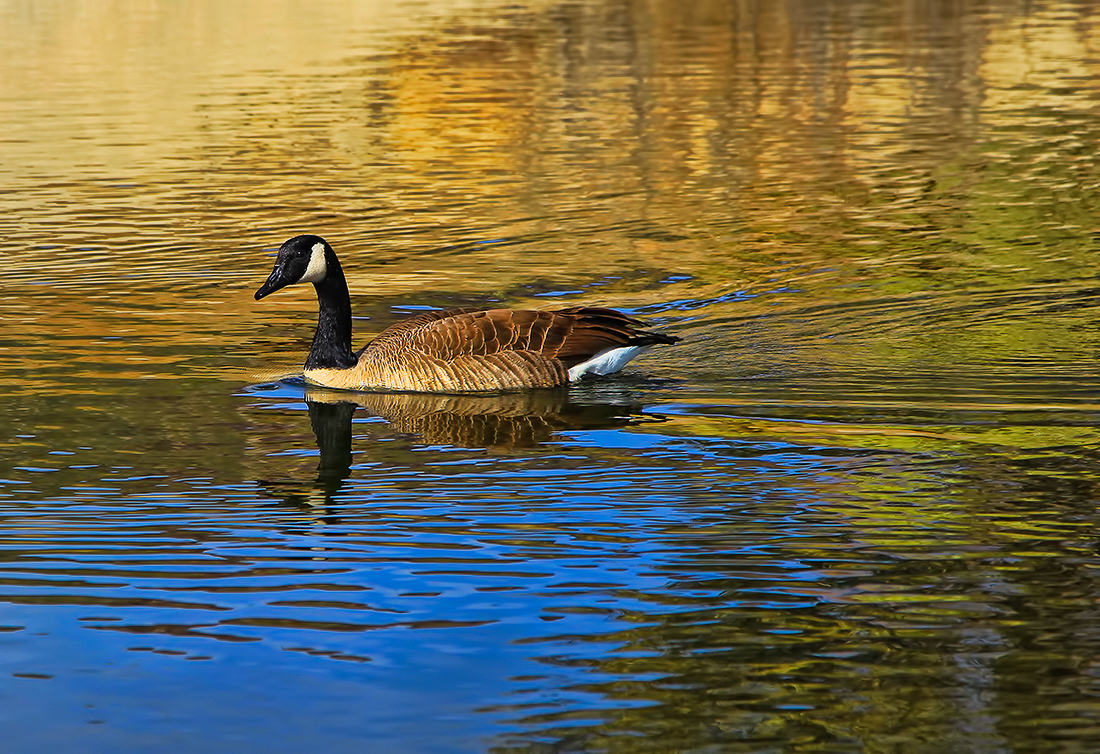Gingkos Come Alive

It’s almost as if Gingko trees know the lyrics to “Come Alive.” As, they’ve become The Greatest Showman, at the Los Angeles County Arboretum and Botanic Gardens in Arcadia.
Come alive, come alive
– Come Alive, Joseph Trapanese and John Debney
Go and light your light
Let it burn so bright
Reaching up
To the sky
And it’s open wide
You’re electrified
-

Gingko biloba, LA County Arboretum and Botanic Garden, Arcadia (12/8/18) Frank McDonough -

Gingko biloba, LA County Arboretum and Botanic Garden, Arcadia (12/8/18) Frank McDonough -

Gingko biloba, LA County Arboretum and Botanic Garden, Arcadia (12/8/18) Frank McDonough
Frank McDonough sends this holiday postcard of late autumn color from “The Arboretum,” remarking that “The color is still at it.” Indeed it is. ![]()
- LA County Arboretum and Botanic Garden, Arcadia – Peak (75-100%) GO NOW!
-

LA County Arboretum and Botanic Garden, Arcadia (12/8/18) Frank McDonough -

Liquidambar, LA County Arboretum and Botanic Garden, Arcadia (12/8/18) Frank McDonough -

LA County Arboretum and Botanic Garden, Arcadia (12/8/18) Frank McDonough -

LA County Arboretum and Botanic Garden, Arcadia (12/8/18) Frank McDonough -

LA County Arboretum and Botanic Garden, Arcadia (12/8/18) Frank McDonough -

LA County Arboretum and Botanic Garden, Arcadia (12/8/18) Frank McDonough







































































